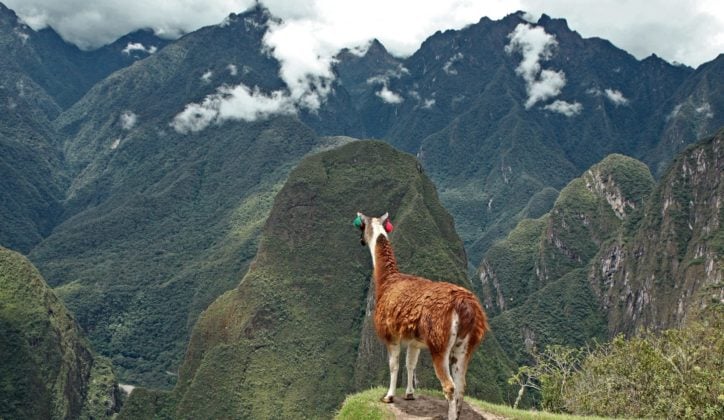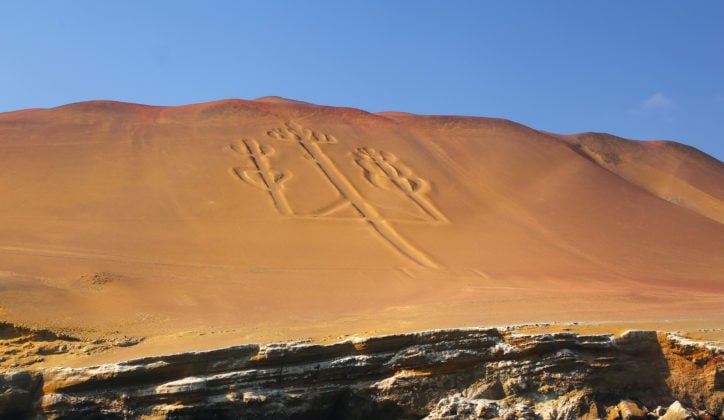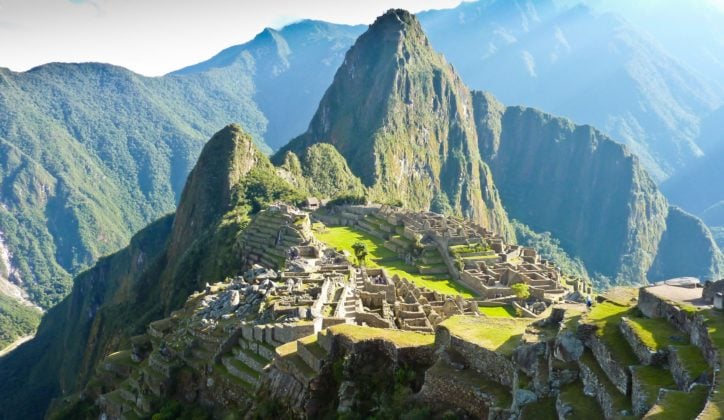How to Get to Machu Picchu
Published on: November 19th, 2018
Last modified: December 28th, 2023
Known as one of the wonders of the world, Machu Picchu is a mystical ancient city in Peru that attracts people from far and wide to go discover the ancient Incan way of life.
Most people visiting Peru fly into Peru’s capital city, Lima, a city well worth a visit in its own right. However, Machu Picchu is best explored using Cusco as a base. From Lima, it’s just a short flight to Cusco, where you can spend a few days acclimatising to the altitude and exploring the old city’s beautiful architecture and food scene. There are several different ways you can get to Machu Picchu from Cusco, and it totally depends on your preferences and the amount of time you have. The most common ways are:
- Hiking the full Inca Trail
- Doing a shorter version of the Inca Trail, such as the Lares Trail or Salkantay Trek
- The famous Hiram Bingham train
- The scenic Vistadome train
Below, our experts weigh in on the different ways to get to Machu Picchu.

Hiking to Machu Picchu
Inca Trail
Allowing hikers to follow in the footsteps of the Incans, the Inca Trail is the quintessential way to get yourself to Machu Picchu. Hiking through challenging, yet spectacular terrain, you’ll pass numerous archaeological sites, all nestled among the mystical mountains. The full hike takes four nights, but people with less time can do a shorter leg of it, hiking for only two or three days. As expected, the hike ends at Machu Picchu, just in time to see the sunrise. There’s even a one-day leg of the trail, which is a nice option for people who want to hike a part of the trail without doing any camping.
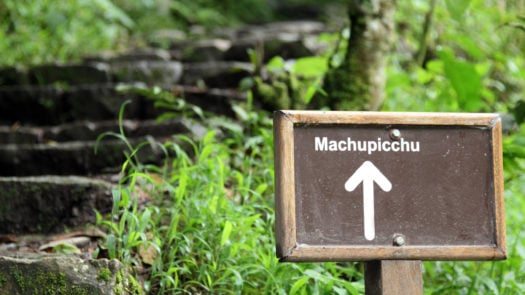
The Inca Trail is an extremely popular hike, and the Peruvian government issues a limited number of daily permits for hikers, so it’s best to book far in advance if you want to do it. Whether you want to hike it privately or with a group, stay in tents or lodges, you have several options. The four-day trek, which is the longest option, takes you through cloud forest, ruins and jungles – it really is an incredible experience and well worth the effort.
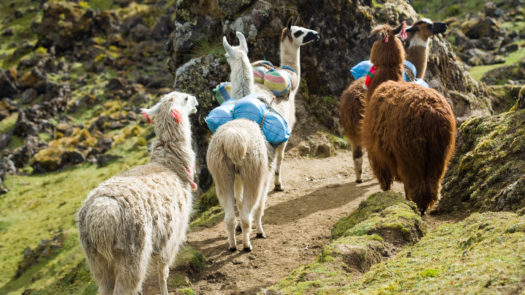
Lares Trail to Machu Picchu
Also known as the Quechua trek, The Lares trail is another spectacular, yet lesser known, trek to Machu Picchu. Hikers journey through the Lares Valley in southern Cusco, ending at Machu Picchu. Less crowded than the Inca trail, this hike is usually done in three nights, and you spend your days passing through remote Andean communities in the mountains.
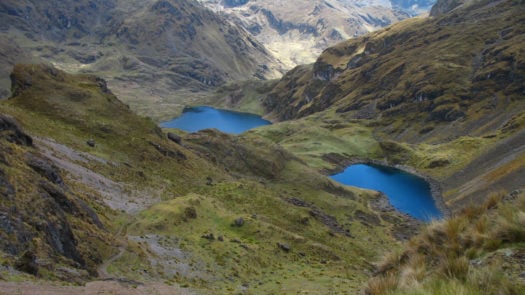
On your hike, you’ll pass by waterfalls, glacial lakes and snowy peaks, crossing several high passes up to 4,200m. You can camp or stay in lodges in the indigenous villages you pass through, giving you the chance to meet and chat with lots of indigenous people (direct descendants of Incans) as they go about their lives. This hike gives you everything the Inca Trail does, but with fewer crowds.
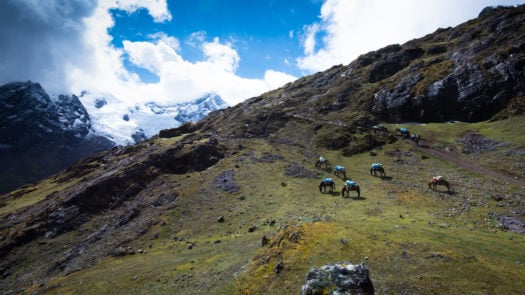
Salkantay Trail
The Salkantay Trail is another hiking route from Mellepata (Cusco) to Machu Picchu, crossing the pass of 6,271 meter glacier-capped Mount Salkantay (also known as ‘savage mountain’ in Quechua), and following a slightly more remote path than the Inca Trail does. Passing through jungle and mountains and going around the glacier capped Mount Salkantay, this hike is truly spectacular. The terrain offers a lot – glacier mountain peaks, lush vegetation, beautiful topography and historical Incan sites. The Salkantay Trail is usually done in seven days, but it can be done in four or fewer if you’re pressed for time.
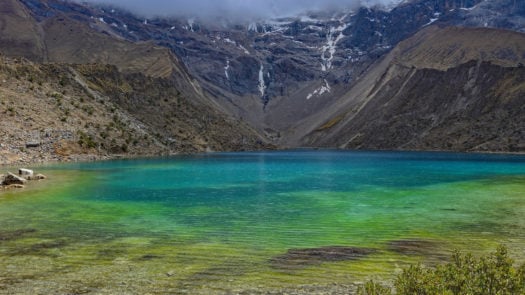
If you take the full seven-day route, the first two days of the hike are usually spent acclimatising, surrounded by Inca ruins. Reaching highest point on third day, you’ll then descend along the Salkantay River towards Machu Picchu. You get your first glimpse of the ancient citadel from afar, but you of course end your trek at the site itself.
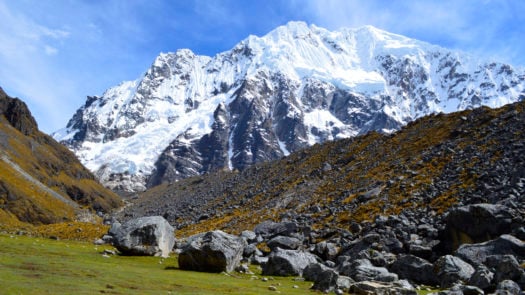

Trains to Machu Picchu
For those after a more leisurely journey to the amazing citadel, the easiest way to get to Machu Picchu is by taking the train to Aguas Calientes. The journey time is about 3.5 hours each way, but it’s a very comfortable, even luxurious, way to travel.
Travellers often take an afternoon train and stay the night in Aguas Calientes, taking the early morning bus up to Machu Picchu to see it at sunrise. However, it’s also possible to catch an early morning train and return to Cusco on the last train of the day, making it a day trip. Most people see Machu Picchu in the morning, so it can be a bit quieter if you do the afternoon tour. However, both options have their upsides, and neither option is better than the other.
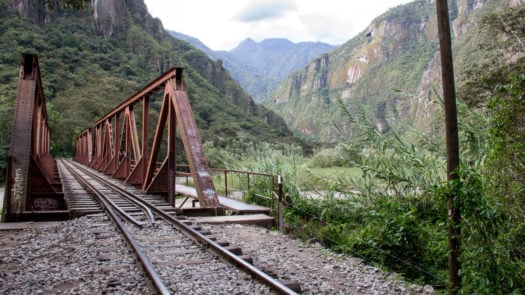
Hiram Bingham
The Hiram Bingham train is the most stylish way to traverse the Peruvian landscape up to Machu Picchu. Leaving from Poroy station, just outside Cusco, the blue and gold painted train takes you to Aguas Calientes in just over three hours. The train offers stylish decor, a dedicated observation car, delicious food and a bar car that often has live music on the way back – what more could you want?
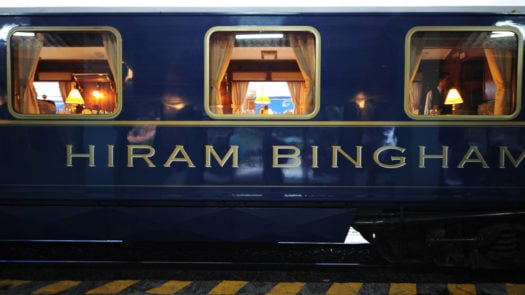
Vistadome
The Vistadome train is another excellent way to travel to Machu Picchu. Wide glass windows built into the roof and sides of the carriage offer unrivalled views of your surroundings as you approach Machu Picchu, creating an exciting build-up throughout your journey. The train itself is contemporary and comfortable, and on the return leg, you’ll be treated to live traditional dance performances to keep you entertained.
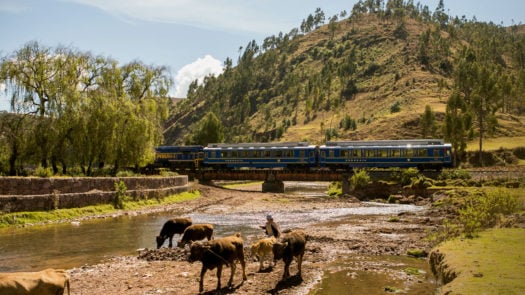

When to go to Machu Picchu
Machu Picchu is open year-round, but we recommend you try to go when it’s slightly less busy, perhaps during the shoulder months of April and October. The rainy season runs from October to April, but if you’re not bothered by a bit of rain, the site is still fine to visit as long as you’re well prepared for the conditions. The Inca Trail is closed for maintenance in February, but Machu Picchu is still open then.
Explore some of our favourite Peru itineraries
Ready to start planning your luxury trip to Machu Picchu? Get in touch with our expert travel designers today!

